G’day, I’m Chris Thelwell. I’m the head of the awesome UX and design team at Envato. The Australian company that runs the world’s leading marketplace for designers and developers, including ThemeForest, one of the largest and busiest sites in the world.
I started my career over 18 years ago as a graphic designer, through print and advertising agencies before discovering digital, UX and product design. Recently I’ve specialised in creating innovative digital products to disrupt markets and building high-performing design teams in Agile software delivery environments within large enterprises, startups and agencies.

Before moving to Australia to join Envato I worked in Europe for many years. My experience includes creative and UX leadership roles at Radical Company and other digital agencies plus consulting for ThoughtWorks. I’ve also won a F1 innovation prize, designed the website for Euro 2008 and had a top downloaded app for Google Chrome.
What sparked your interest to pursue a career in design?
Creativity runs in my family—my Great Uncle Norman is a very famous illustrator. From an early age I’ve always been artistic from painting in oils or acrylic to making 3D model animation on the kitchen table. I also grew up with computers, designing my own games on a BBC Micro Model B.
I studied Graphic Design at University, back when we only had 3 Apple Macs between 30+ students. Back then it was mostly hand-drawn with pen and ink as well as using things like photocopiers, film (photography) and Omnicrom machines. I guess I’ve never really considered doing anything else with my career.
How do you describe what you do when you meet new people?
People I meet tend to fall into 2 categories, those that know exactly what I do, or those that really don’t care. For anyone else I’d just say, I’m a designer, I solve problems, and leave it at that.
Over your career, what took you the most to learn, understand or master?
People. Whether it’s understanding the end user and their needs and desires, or the people that you work with: colleagues, stakeholders and clients. To become a really great designer you have to be a master at understanding and working with people. Our job is no-longer to sit in the corner and be creative. We have to work with large groups of people, to facilitate the design process and take everyone on a journey to realise a great design. With over 18 years of practice I’m getting quite good at it, but there still quite a bit for me to learn.
What is one project you are most proud of and what was the most challenging and rewarding part of it?
I led the design team back in 2012 on the creation of the Features Store for Barclays Bank. We re-imagined the way people apply for a bank account, taking it from quite a boring form to a very interactive kind of pick-&-mix concept. We went from concept to launch in just 16 weeks, which was pretty much unheard of within Banking at the time. The result had quite a huge impact in UK banking, with most of the competition creating their own versions of our concept to keep up.
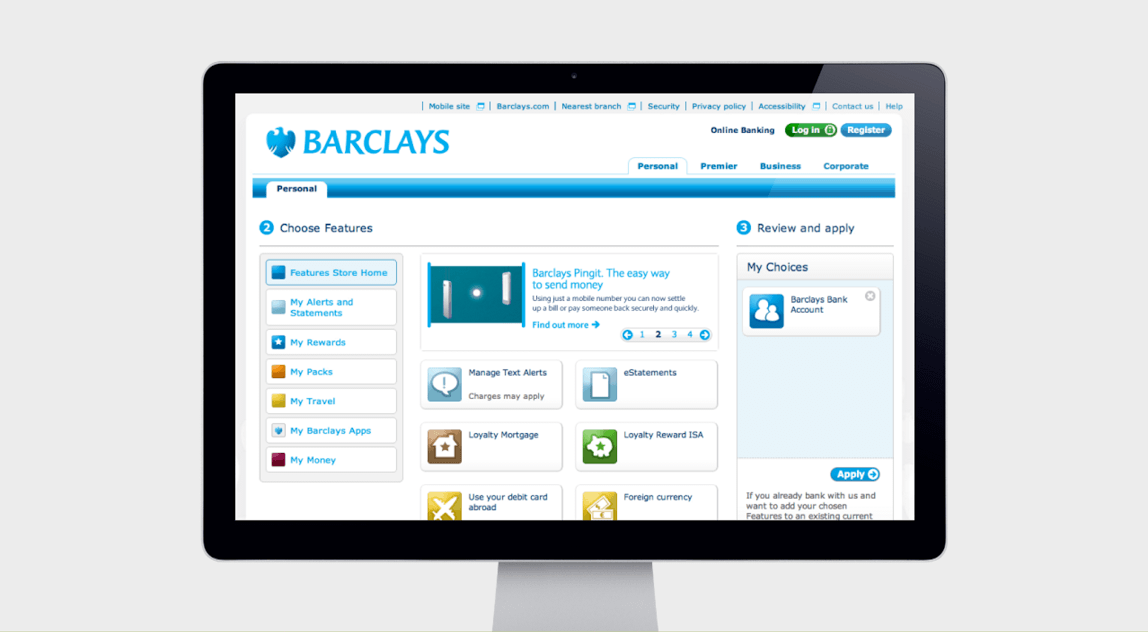
The most challenging part was the team. I’d only just joined Radical Company and this was our first design project of this kind of scale. We built a small team up around this project, they were some of the best people I’ve ever worked with. The successful delivery of the Features Store really set Radical up with some really great and innovative projects which have really defined my career. It’s really rewarding when you realise that you have helped form an awesome team that is capable of delivering great things.
What is one of the most challenging and rewarding parts of being Head of UX and Design at Envato?
Envato Market is huge. We have over 6 million users with over 9 million products for sale (Making us the largest marketplace in the world). We also have one of the busiest sites in the world. We have a lot of legacy, Envato started 9 years ago in the Sydney garage! The product roadmaps are very large with lots of ambitions. We have many teams of some of the best developers building new features everyday.
The challenging part comes from working around the legacy and the scale (the size of the user base, the codebase and the delivery capability of the team). We can’t just redesign the site overnight, most people don’t realise that. It’s all about making the right trade-offs and compromises to steer the team towards a more iterative design. My job is to put the right design practice and process in place today that will pay off as we iterate towards the future.
That’s where the rewarding part comes in. I’ve built an incredible team of awesome designers. There are about 10 people in the design team (and growing every month). We follow a distributed model (similar to Spotify’s tribes and guilds).
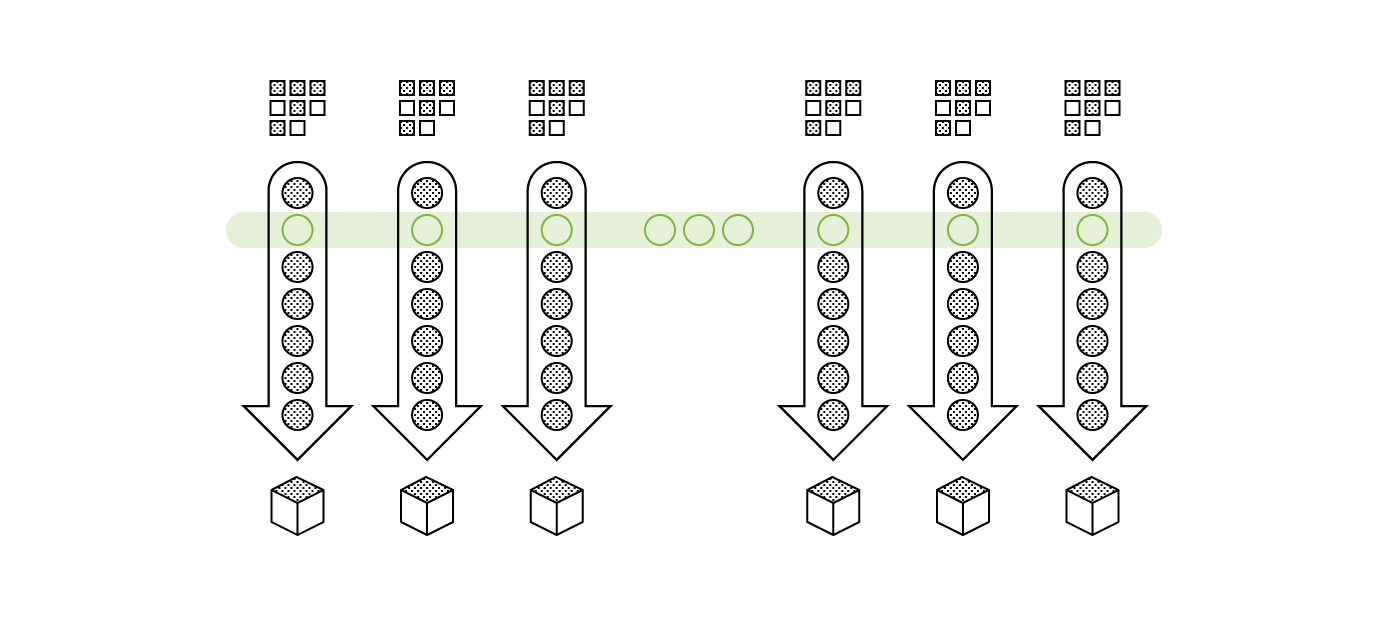
Our UX designers all sit within development teams, they get to really focus on a particular part of the application and build great relationships with their developers and product manager. The UX designers are also split into 2 sub-groups which focus on our main user types, buyers and sellers. This allows them to build great knowledge of that particular user type.
We support the UX designers with our UI design team. They focus on our design system and visual language. They don’t just mockup wireframes provided by the UX team, they are creating the system that ties everything together. So the lines between UX and UI are very much blurred, it’s a team thing.
We have a great culture within our design team. I’m incredibly picky when hiring people to make sure they fit—7 or more interviews is quite normal. The team make me laugh every day and it’s really rewarding seeing them grow as designers.
The other rewarding part comes from meeting our users. When you hear their stories and realise what a difference we make to their lives, it makes it all worth it. For example, we’ve helped enable heavily disabled, but talented designers to make a living and feel valued by a wider design community.
Would you give us a glance at your day? What is your routine/workday like?
No 2 days are the same for me, but they all start the same way. When I get in, I catch up on emails and slack. Then at 10:02 am we have our design team Stand-up. This is our chance to catch up on what each of us is working on, reveal and deal with any blockers and generally start the day with a bit of a laugh and a joke to set the mood.
At this point most of these articles have a picture of a desk, but after stand-up I never sit down!
I see myself as a servant leader, so most of my day is spent making sure my team can do the best job they can, and trying to bring it all together into one coherent experience. On any day I can find myself doing things such as:
- Organizing and running user research
- Facilitating workshops with other parts of the business to give us direction
- Planning who works on what and when
- Coaching and mentoring the team and establishing new practices and processes
- Recruiting new team members (even when we’re not recruiting, I’m still out in the Melbourne community looking for talent)
- And generally keeping an eye on the work, spotting the Typos and the pixels out of place
I get hands-on when I can. If we’re short on designers (sickness and holidays etc) I’ll step in and cover that role. For instance I found myself redesigning the sign in and sign up flows while we hunted for a new Senior UX Designer. Give it a try at ThemeForest.
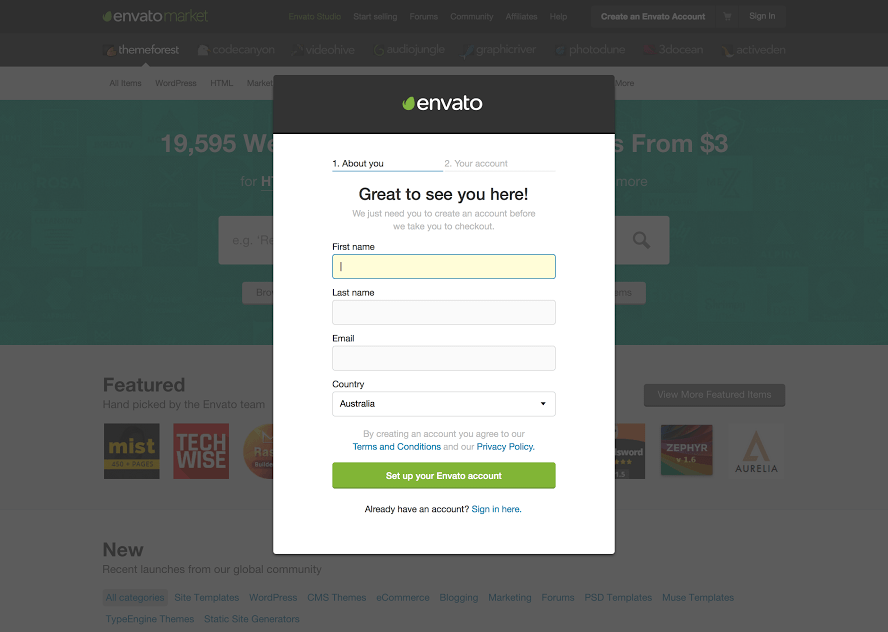
Who or what inspires and influences your work?
I like to be a little disruptive and different, so I don’t really have a fixed source of inspiration. I often find inspiration from outside the digital world, for instance the Barclays Features Store described above was based on a ‘Pick-&-Mix’ sweet shop, and my ruler app for Chrome was based on the reaction from a developer friend when he realised I actually held a ruler against the screen to check things line up.
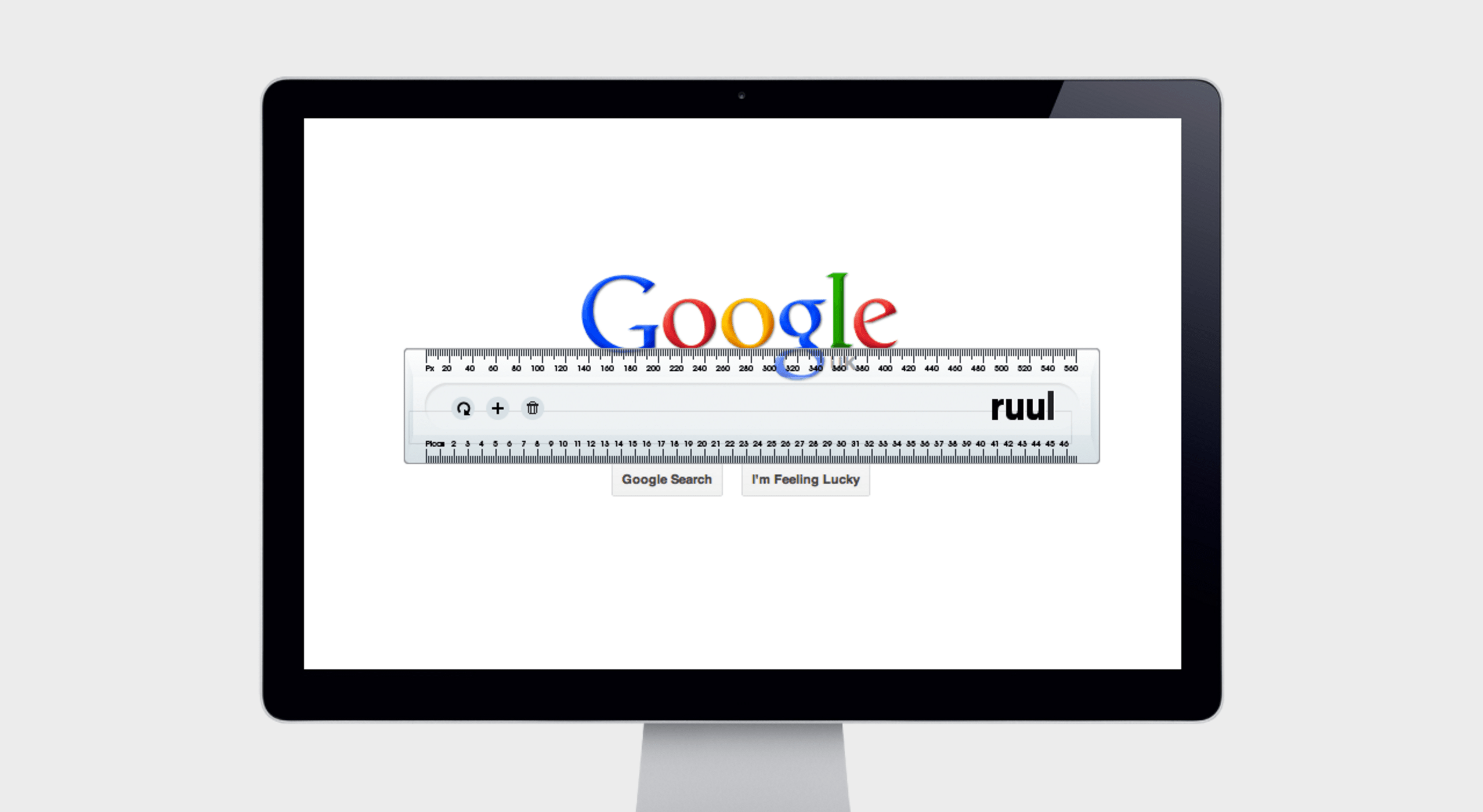
How do you think the design and prototyping space will evolve in the next 5 years?
If I knew about the next 5 years I’d probably be building it now and becoming the next Sketch or InVision! The pace of change is so fast at the moment, we’ve never seen anything like this. If you’d asked me 3 years ago if we’d ever use a non Adobe tool for design I would have laughed, but now I hardly ever open any of the old tools.
I do think we’ll see a lot more design for design systems, rather than screens and mock-ups, especially using things like Atomic Design. I also think we’ll see the UX Designer and the Visual Designer merge together with a greater need for more generalist designers that focus on solving problems by building design systems. This is why I think Sketch fits so well in today’s design process, we use it at every stage from wireframing, mock-ups, creating prototypes and building our design system.
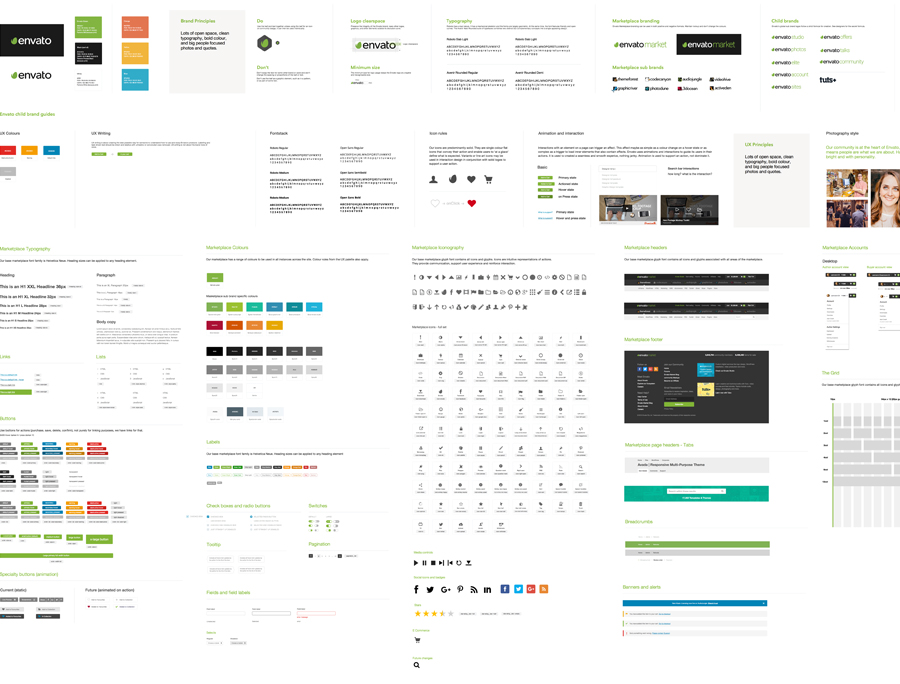
If you could, what career advice would you offer to your younger self?
Get a proper job! Only joking. I’d tell him about a world in the future where design is taken seriously, where the designer makes the most important decision of all, like what ‘should’ we build. But I think in 1998 he wouldn’t believe me!
What are some of the design, development, and project management tools in your workflow?
There are many, and they’re always changing. We use a lot of wall space and pen, paper and post-it notes. The biggest impact we’ve seen from a new tool however was when we adopted InVision Enterprise. Everything is all synced together across the whole team, at any time we can login and instantly see everything that is being designed, all the feedback that we receive and the progress we are making with the design. It’s made us closer as a team and it makes us design more openly.
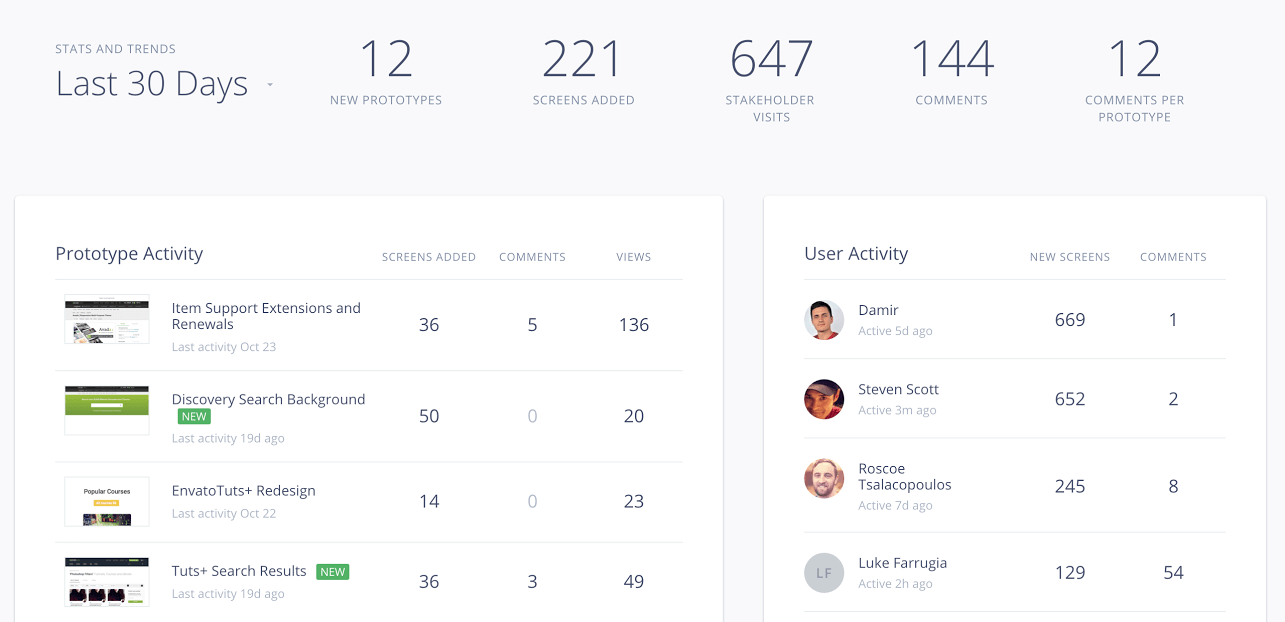
How did you get introduced to Sketch and what do you like most about it?
I first heard about Sketch a few years ago, but thought it could never compete with Adobe Illustrator (at the time I used Illustrator rather than Photoshop). I first tried it on a project I worked on for ThoughtWorks and I was really surprised by how quick it was to use. When I joined Envato half the team were using it, I insisted that the whole team converts over to a single tool for sharing files and we’ve never looked back.
What I like most about Sketch is that it’s broken the old model of reliant on a single software provider, it’s opened the door to new, better tools.
What is the design scene like in Melbourne, Australia?
Good question, I’ve spent many years working in London and Melbourne is very different. It’s not dominated by the agency world like London, there are just as many product side roles and several of my team have actually never worked in an agency.
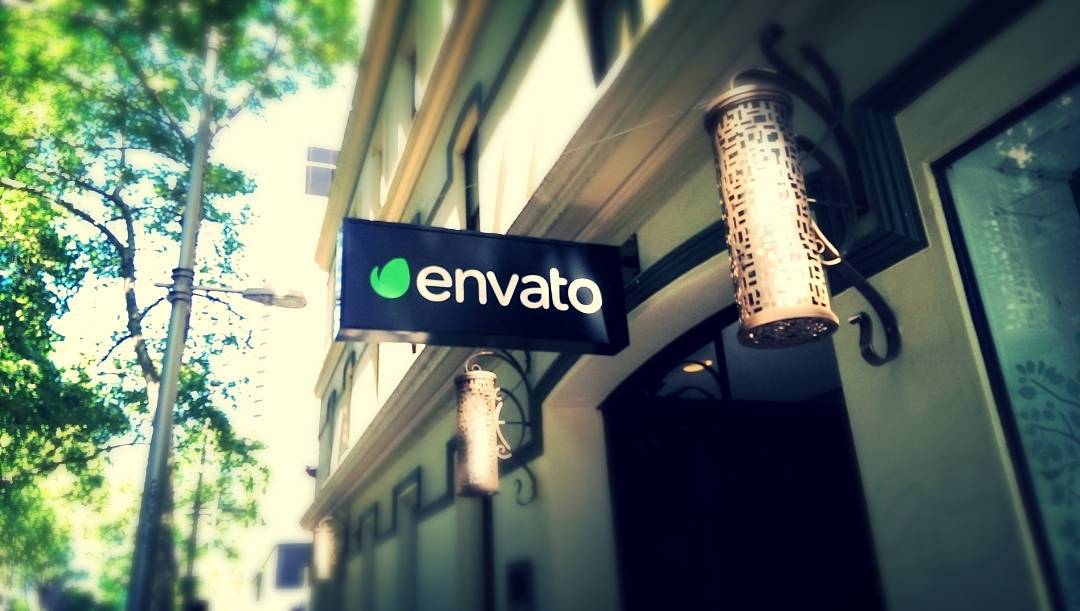
There is quite a large community of new designers but there seems to be a bit of a lack of very experienced seniors. Companies over here are hiring designers from places like London, the Bay Area and New York in an attempt to bridge that gap. Speaking to another UK designer over here it’s like Melbourne has leapt from where the London design scene was 5 years ago to where it is today, without going through all the painful years in-between. It’s an interesting place at the moment.
What advice would you offer to those starting out in your field?
As I mentioned earlier, the biggest skill to learn is people. So start building your people skills. And start writing about your designs, this will help with the communication element of design, and really comes in useful when you can’t be in the same room as the people you work with.
With your experience of launching products. What advice would you give to those designers and entrepreneurs who are looking to launch and sell their own products?
Get something out there as quickly and cheaply as you can to validate your idea with real people before you waste time and money. Don’t do too much planning, just think what you can do ‘today’ to find out if your idea is worth your time and investment.
We hope you enjoyed meeting Chris and learning about the design team at Envato. You can connect with Chris on his Website and Twitter.
This interview was first published on Sketch App Sources.